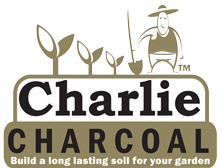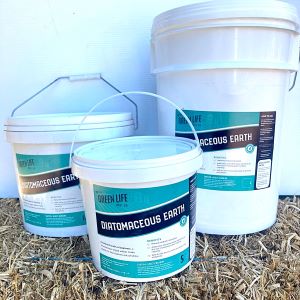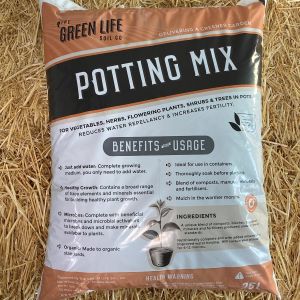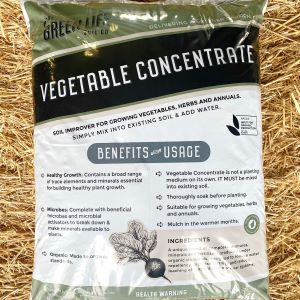| item(s), Total: $0.00 View Cart |
| Shopping cart is empty. |
Microgreens

Growing Microgreens
Microgreens are simply green vegetables, lettuces, and herbs that are harvested when they are quite young -- generally when they are approximately 5 - 10cms tall. They are packed with nutrition (apparently a serve of broccoli microgreens has as much goodness in them as a whole mature broccoli head), and you can grow them anywhere.
What Can You Grow as a Microgreen?
Basically, you can grow any lettuce, salad green, or herb as a microgreen. It's more economical to buy a specific microgreen seed pack (rather than a standard gardener's seed packet; you'll need lots of seed for microgreens, and standard packets may only contain 20 - 50 seeds; depending on variety). At Green Life, we usually carry a range of microgreen seeds; and at any given time may have available things like: Cabbage, Broccoli, Cress, Kale, Mizuna, Mustards Red and Green, Radish, Tatsoi.
How To Grow Microgreens
Microgreens are very easy to grow. You can grow them in containers (the most common approach), outside or inside on a sunny windowsill, or plant them in the garden if you so wish..
If you are planting microgreens in a garden bed, loosen the soil and rake it smooth. Scatter your seed mix so that the seeds are about 5mm apart -- remember, we're harvesting them very young, so they don't need a lot of room. Once the seed is scattered over the area, cover it with a few mm of soil and water gently but thoroughly.
If you're planting in a container, the first step is to choose a container that is at least five centimetres deep and as large in diameter as you want. Fill it with a good quality organic potting mix or seed raising mix, and smooth the soil. Scatter the seeds so that they are about 5mm apart, and cover with a few mm of soil. Water gently but thoroughly, and place your container in a spot where it will get at least four hours of sunlight.
In either case, do not let the soil dry out, and be sure to remove any weeds so that the tiny greens don't have to compete with them for water and nutrients. Because you'll be harvesting the greens so young, you don't really need to fertilize them while they're growing. If you've got plenty of organic matter in your garden bed, that will be perfect. Microgreens grow for such a short period of time that they are rarely bothered by pests and diseases. However, if you are growing brassicas in your mix (mustard, kale, etc.) and caterpillars are a problem, you may want to cover your microgreens with a net (a piece of old curtain mesh is ideal) cover to protect them.
Harvesting Microgreens
The best time to harvest microgreens is when they've developed their first set of true leaves (the first ones are seed leaves, and don't look anything like the actual leaves of the plant), which is generally about ten days to two weeks after planting. To harvest, simply snip the microgreens just above soil level.
Unlike mesclun or baby greens, you won't be able to get additional harvests from one planting of microgreens. Because the plants haven't had much time to develop, and you're snipping off everything except the very bottom of the stem, the plant has no way to generate new growth. You can plant another crop after harvest by simply scattering fresh seed and covering it with soil. You don't need to remove the old roots; they are good sources of organic matter.
As you can see, microgreens are simple to grow, and provide you with a quick harvest for not much work. You can add them to salads, sandwiches, or stir-fries, and it's much cheaper to grow your own than it is to purchase them. Experiment with different mixes, adding the varieties you like best. Sowing a small tray a week will give you an ongoing supply.
The bonus of growing microgreens is you can grow things out of season; it's the perfect way to have coriander in summer, for example - when it's too difficult to grow it in the garden.
The difference between sprouts & microgreens is that sprouts are usually grown in water; you need to rinse and care for them; and they're usually eaten once the first leaves have emerged. Microgreens are allowed to mature just a little bit more, are grown in a soil medium, and snipped off at ground level to harvest. They can be easier than sprouts and a little more versatile to use.
Resources for Growing Organic Veggies & Herbs:
| item(s), Total: $0.00 View Cart |
| Shopping cart is empty. |


































